Home>Garden Essentials>Garden Plants>Where Does Red Creeping Thyme Grow
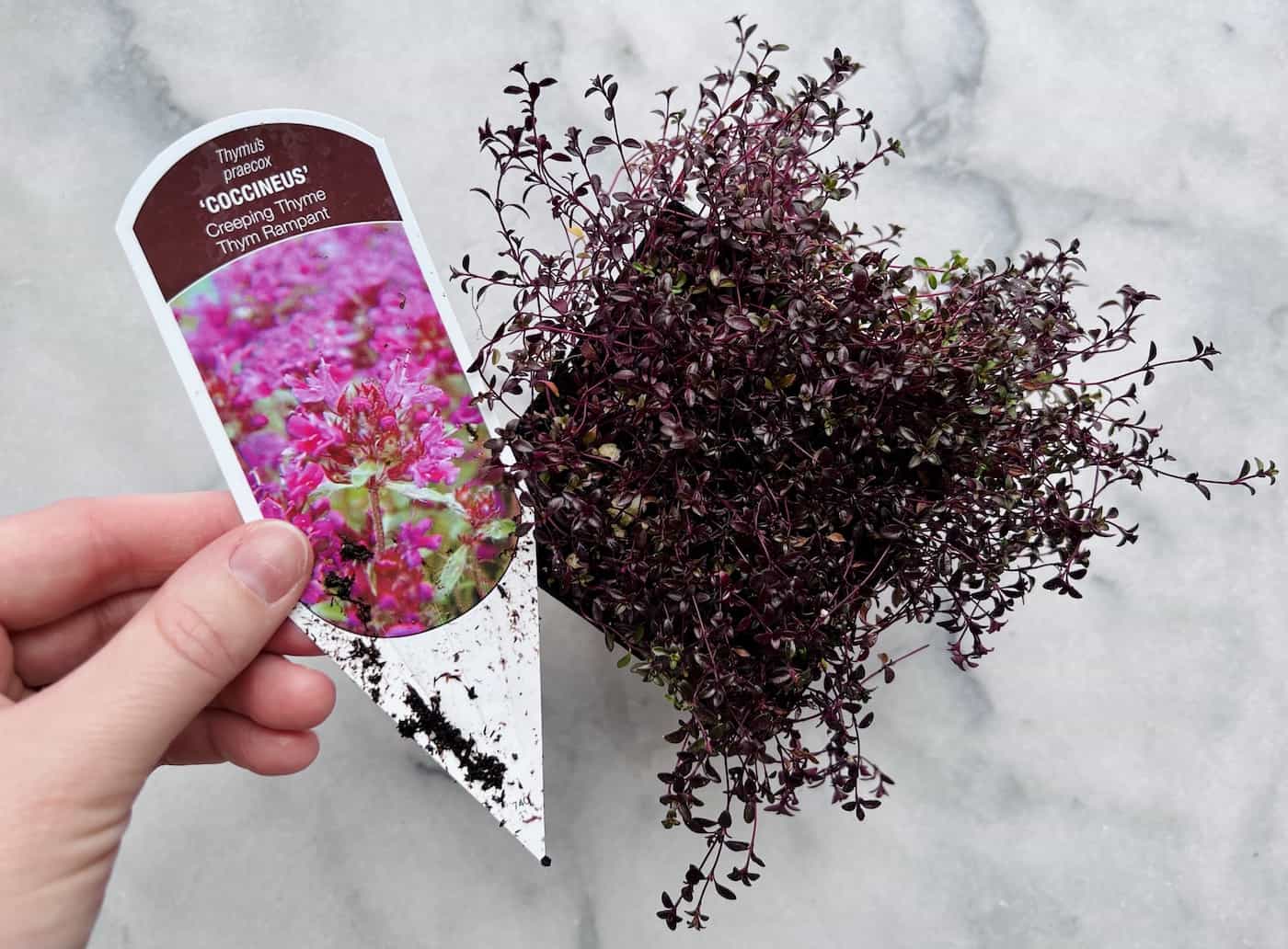

Garden Plants
Where Does Red Creeping Thyme Grow
Modified: January 26, 2024
Discover where red creeping thyme plants thrive and add a vibrant touch to your garden with this low-growing, aromatic herb.
(Many of the links in this article redirect to a specific reviewed product. Your purchase of these products through affiliate links helps to generate commission for Storables.com, at no extra cost. Learn more)
Introduction
Welcome to the wonderful world of gardening! If you’re a fan of vibrant colors and low-maintenance plants, then you’re in for a treat with Red Creeping Thyme. This stunning plant, also known as Thymus serpyllum “Coccineus,” is a popular choice for garden enthusiasts and landscaping professionals alike.
In this article, we will explore the characteristics of Red Creeping Thyme, its climate and soil requirements, its preferences for sunlight and shade, and its ideal pH levels. Additionally, we will discuss the geographic distribution of this plant and the suitable growing zones. We will also cover common uses for Red Creeping Thyme in landscaping, provide tips for planting, and outline its maintenance and care.
Red Creeping Thyme is a delightful groundcover that adds a vibrant pop of color to any outdoor space. Its small, needle-like leaves form a dense mat that hugs the ground, making it an excellent choice for filling in gaps between flagstones, cascading over rock walls, or creating a lush carpet under trees. The plant produces clusters of tiny, bright red flowers that attract bees, butterflies, and other pollinators, making it beneficial for biodiversity in your garden.
Not only is Red Creeping Thyme visually appealing, but it also offers a lovely fragrance. When you walk on the plant or brush against it, you’ll release a burst of delightful herbal scent into the air. This aromatic feature makes Red Creeping Thyme a popular choice for creating sensory gardens or adding fragrance to outdoor seating areas.
Let’s dive into the specifics of growing Red Creeping Thyme and discover how to create a beautiful and sustainable landscape with this versatile plant.
Key Takeaways:
- Red Creeping Thyme is a vibrant, low-maintenance groundcover that attracts pollinators and thrives in well-drained, slightly alkaline soil, making it a versatile and visually appealing choice for gardens and landscapes.
- With its adaptability to various climates and soil conditions, Red Creeping Thyme offers endless landscaping possibilities, from filling in gaps to cascading over walls, while providing sensory delight and promoting biodiversity.
Read more: Where Does Creeping Thyme Grow
Characteristics of Red Creeping Thyme
Red Creeping Thyme is a versatile perennial herb that offers several unique characteristics. Here are some key features that make this plant a favorite among gardeners:
- Growth Habit: Red Creeping Thyme has a low-growing spreading habit, forming a dense mat that typically reaches a height of around 2-3 inches (5-8 cm). The plant trails along the ground, sending out prostrate stems that root as they touch the soil.
- Foliage: The leaves of Red Creeping Thyme are small and lance-shaped, measuring about 0.2 – 0.4 inches (0.5 – 1 cm) in length. They are a glossy dark green color, which provides an attractive contrast to the vibrant red flowers. The foliage is also aromatic and releases a pleasing scent when crushed.
- Flowers: The highlight of Red Creeping Thyme is its profusion of tiny, tubular flowers. These blooms appear in late spring to early summer and continue to add color to the landscape into the fall. The flowers are a vivid shade of red, resembling a carpet of miniature blossoms.
- Attractiveness to Pollinators: The bright red flowers of Red Creeping Thyme act as beacons for bees, butterflies, and other pollinators. These lovely blooms draw in a variety of beneficial insects, making this plant an excellent choice for supporting local ecosystems and promoting biodiversity in your garden.
- Drought Tolerance: Red Creeping Thyme is known for its exceptional drought tolerance. Once established, it can withstand extended periods of dry weather without the need for frequent watering. This characteristic makes it an excellent choice for xeriscaping or areas with limited rainfall.
- Tolerance to Foot Traffic: Due to its low-growing and resilient nature, Red Creeping Thyme is suitable for areas with light foot traffic. It can handle the occasional step without significant damage, making it an ideal choice for pathways and gaps between stepping stones.
These characteristics make Red Creeping Thyme a popular choice for a wide range of landscaping projects. Whether you’re looking to fill in gaps, create a colorful groundcover, or attract pollinators, this versatile plant is sure to impress.
Climate Requirements for Growing Red Creeping Thyme
Red Creeping Thyme is a hardy plant that can thrive in various climate conditions. Understanding its climate requirements will help you ensure the plant’s health and successful growth in your garden. Here are the key factors to consider:
- Hardiness Zones: Red Creeping Thyme is well-suited for growing zones 4 to 8 in the USDA Hardiness Zone Map. These zones encompass regions with average minimum winter temperatures ranging from -30°F (-34°C) to 20°F (-6°C). If you reside in these zones, you can confidently cultivate this plant in your garden.
- Temperature: Red Creeping Thyme thrives in moderate temperatures. It prefers a climate where the average annual temperature stays within the range of 50°F (10°C) to 75°F (24°C). Extreme heat or cold can stress the plant and impact its growth and overall health.
- Frost Tolerance: This plant can tolerate light frost without significant damage. However, it is essential to protect young or newly planted Red Creeping Thyme from frost until they establish strong root systems.
- Rainfall: Red Creeping Thyme prefers well-drained soil and can withstand dry conditions. It is drought-tolerant and can survive with minimal rainfall once established. However, the plant will benefit from occasional watering during prolonged periods of drought to maintain its vigor and lush appearance.
- Humidity: Red Creeping Thyme is adaptable to a variety of humidity levels. It can thrive in both humid and arid climates, making it suitable for gardens in different regions.
Considering these climate requirements when selecting a location for your Red Creeping Thyme will help ensure optimal growth and a healthy, vibrant plant. Although this plant is adaptable, it’s important to monitor the specific conditions in your area and provide any necessary adjustments to create an ideal microclimate for your Red Creeping Thyme.
Soil Requirements for Growing Red Creeping Thyme
Red Creeping Thyme thrives in well-drained soil that is rich in organic matter. Understanding the soil requirements of this plant will help you create the optimal growing conditions. Here are the key factors to consider:
- Drainage: Red Creeping Thyme prefers soil with excellent drainage. It does not tolerate waterlogged or excessively wet soil, as this can lead to root rot. If your soil tends to retain water, consider improving drainage by incorporating organic matter or creating raised beds for growing Red Creeping Thyme.
- Soil Texture: The ideal soil texture for Red Creeping Thyme is well-draining and loamy. Loam soil is a balanced mixture of sand, silt, and clay, providing good aeration, moisture retention, and nutrient availability. This type of soil allows for proper root development and optimal growth of the plant.
- Soil pH: Red Creeping Thyme prefers a slightly alkaline to neutral soil pH ranging from 6.5 to 7.5. It can tolerate slightly acidic soil, but extreme acidity (pH below 6) may hinder the plant’s growth. Adjusting the pH of your soil with the addition of organic matter or amendments can help create the preferred pH range.
- Organic Matter: Incorporating organic matter into the soil helps improve its structure and fertility. Adding compost, well-rotted manure, or other organic amendments before planting Red Creeping Thyme can enhance nutrient availability, moisture retention, and overall soil health.
- Soil Fertility: Red Creeping Thyme thrives in moderately fertile soil, but excessive fertility or high levels of nitrogen can lead to excessive leaf growth and reduced flower production. Avoid using heavy doses of nitrogen-rich fertilizers and focus on maintaining adequate levels of phosphorus and potassium, which promote flowering and overall plant health.
Before planting Red Creeping Thyme, it is advisable to perform a soil test to assess the pH and nutrient levels. This will guide you in making any necessary adjustments to create an optimal soil environment for the plant’s growth.
By providing well-drained, loamy soil with the right pH and sufficient organic matter, you will ensure that your Red Creeping Thyme has a strong foundation for healthy and vigorous growth.
Sunlight and Shade Preferences of Red Creeping Thyme
Red Creeping Thyme is a sun-loving plant that thrives in bright and sunny conditions. Understanding its sunlight and shade preferences will help you provide the optimal environment for its growth. Here are the key factors to consider:
- Sun Exposure: Red Creeping Thyme prefers full sun, which translates to at least six hours of direct sunlight per day. It is important to provide ample sunlight for the plant to photosynthesize and produce energy for healthy growth and prolific blooming.
- Partial Shade Tolerance: While Red Creeping Thyme prefers full sun, it can tolerate partial shade, especially in hot climates or during the peak of the summer season. In areas with intense afternoon sun or extreme heat, providing some afternoon shade can help protect the plant from stress and sunburn.
- Shade Limitations: Excessive shade can be detrimental to the growth and flowering of Red Creeping Thyme. Insufficient sunlight can result in elongated stems, leggy growth, and reduced flowering. It is best to avoid planting Red Creeping Thyme in areas with deep shade or where it will be consistently shaded throughout the day.
When selecting a location for Red Creeping Thyme, choose a spot that receives ample sunlight. This can be an open area in your garden, a sunny border, or a raised bed where the plant will receive the full benefits of the sun’s rays. Additionally, consider the angle of the sun and any structures or trees that may cast shadows over the planting area throughout the day.
By providing the right balance of sunlight and partial shade, you will help Red Creeping Thyme thrive and showcase its vibrant foliage and beautiful blossoms.
Read more: Where Is Red Creeping Thyme Native To?
Ideal pH Levels for Red Creeping Thyme
Red Creeping Thyme prefers a slightly alkaline to neutral soil pH for optimal growth and health. Understanding the ideal pH range for this plant will help you create the right soil conditions. Here are the key factors to consider:
- Preferred pH Range: Red Creeping Thyme thrives in soil with a pH range of 6.5 to 7.5. This means it prefers soil that is slightly alkaline to neutral. This pH range provides favorable conditions for the plant’s nutrient uptake and overall growth.
- Tolerable pH Variations: While Red Creeping Thyme prefers a specific pH range, it has some tolerance for slight variations in soil acidity or alkalinity. It can grow reasonably well in slightly acidic or slightly alkaline conditions, but extremes in pH can have a negative impact on the plant’s growth and overall health.
- Adjusting Soil pH: If your soil pH is outside the preferred range, you can make adjustments to create a more suitable environment for Red Creeping Thyme. For example, if your soil is too acidic (pH below 6), you can add lime or dolomite to raise the pH and make it more alkaline. Conversely, if your soil is too alkaline (pH above 7.5), you can add organic matter or elemental sulfur to lower the pH and make it more neutral.
Before making any amendments to adjust the soil pH, it is recommended to perform a soil test. This will provide you with accurate information about your soil’s pH level and any additional nutrients that may require adjustment.
By providing Red Creeping Thyme with soil that falls within the ideal pH range, you will create a favorable environment for its root development, nutrient uptake, and overall growth. This will result in a healthy and vibrant plant that thrives in your garden.
Red creeping thyme grows best in well-drained soil and full sun. It is a low-maintenance ground cover that is ideal for rock gardens, pathways, and between stepping stones. It is also drought-tolerant once established.
Geographic Distribution of Red Creeping Thyme
Red Creeping Thyme, also known as Thymus serpyllum “Coccineus,” is native to several regions in Europe and parts of Asia. Over time, it has also been cultivated and naturalized in other areas around the world. Let’s explore the geographic distribution of this delightful plant:
- Native Range: Red Creeping Thyme is native to various regions in Europe, including countries such as Germany, France, Italy, and Greece. It can also be found in parts of Asia, such as Turkey and Iran. In these native regions, Red Creeping Thyme is known for its ability to thrive in rocky, dry, and well-drained soils.
- Cultivated and Naturalized Areas: Due to its attractive appearance and low-maintenance nature, Red Creeping Thyme has been cultivated and grown in gardens and landscapes worldwide. It is commonly found in North America, particularly in the United States and Canada, where it has been naturalized and adapted to various climates and growing conditions.
- Wide Adaptability: Red Creeping Thyme’s adaptability and resilience allow it to grow in different geographic regions. It can thrive in areas with temperate, Mediterranean, or even cold and mountainous climates, depending on the specific variety and cultivar.
In its natural and cultivated range, Red Creeping Thyme has become a popular choice for groundcover and landscaping. It offers both aesthetic value and practical benefits, making it a versatile and widely utilized plant.
Whether you reside in its native regions or in other parts of the world, Red Creeping Thyme can be successfully grown with the right care and attention. Its ability to adapt to different climates and soil conditions makes it an excellent choice for gardeners around the globe.
Suitable Growing Zones for Red Creeping Thyme
Red Creeping Thyme, scientifically known as Thymus serpyllum “Coccineus,” is a versatile plant that can be grown in a range of climates. Let’s explore the suitable growing zones for Red Creeping Thyme:
- USDA Hardiness Zones: Red Creeping Thyme is well-adapted to USDA Hardiness Zones 4 to 8. These zones cover a wide geographical area, including parts of North America, Europe, and Asia. In the United States, suitable growing zones for Red Creeping Thyme extend from the cooler regions of the northern states, such as Montana and Maine, down to the warmer regions of the southern states, such as Louisiana and Florida.
- European Hardiness Zones: In Europe, Red Creeping Thyme can be grown in regions with similar climate conditions as the USDA Hardiness Zones 4 to 8. This includes countries such as Germany, France, Italy, and Greece, where the plant is native.
- Other Climate Considerations: While Red Creeping Thyme is primarily suitable for zones 4 to 8, it is essential to consider specific microclimates within those zones. Factors such as altitude, proximity to water bodies, and local variations in temperature can impact the plant’s ability to thrive. It is always recommended to check local climate data and consult with local gardening resources for precise information about the suitability of Red Creeping Thyme in your specific location.
Red Creeping Thyme’s adaptability to different growing zones is a testament to its versatility as a plant. Whether you are located in a cooler or warmer region within the appropriate hardiness zones, you can enjoy the beauty and benefits of Red Creeping Thyme in your garden.
Remember, providing the plant with the optimal growing conditions, including soil preparation, sunlight exposure, and watering practices, will significantly contribute to its success and overall health regardless of the growing zone.
Common Uses for Red Creeping Thyme in Landscaping
Red Creeping Thyme, with its vibrant red flowers and low-growing habit, offers numerous possibilities for enhancing the beauty and functionality of your landscape. Here are some common uses for Red Creeping Thyme in landscaping:
- Groundcover: Red Creeping Thyme serves as an excellent groundcover, forming a dense mat of foliage that spreads and fills in gaps. It works well in rock gardens, slopes, and areas where turf grass may struggle to grow. The dense cover provided by this plant helps to suppress weed growth and reduce erosion.
- Pathways and Stepping Stones: Planting Red Creeping Thyme between stepping stones or along pathways creates a beautiful natural carpet. The fragrant foliage releases a delightful scent when stepped on, adding an extra sensory experience to your garden. The low-growing nature of this plant ensures it can withstand light foot traffic.
- Rock Gardens and Walls: Red Creeping Thyme showcases its beauty when cascading over rock walls or nestled between rocks in a rock garden. The striking red flowers against the backdrop of the stone create a visually stunning contrast, adding interest and color to the landscape design.
- Container Gardens: Red Creeping Thyme can thrive in containers, making it a versatile option for patio gardens and balcony landscapes. Its trailing habit adds an element of softness and texture to container arrangements, complementing other plants and flowers. Just make sure the container has proper drainage to prevent waterlogging.
- Pollinator Gardens: The vibrant red flowers of Red Creeping Thyme attract bees, butterflies, and other pollinators, making it a valuable addition to any pollinator garden. By planting Red Creeping Thyme, you can contribute to the well-being of local ecosystems and promote biodiversity within your landscape.
These are just a few of the many possibilities for incorporating Red Creeping Thyme into your landscaping plans. Its versatility, low-maintenance nature, and aesthetic appeal make it a popular choice among both amateur gardeners and professional landscapers.
Before planting, consider the specific needs of Red Creeping Thyme in terms of sunlight, soil, and water to ensure its successful establishment and long-term growth in your landscape.
Read more: Where To Buy Red Creeping Thyme Seeds
Tips for Planting Red Creeping Thyme
Planting Red Creeping Thyme (Thymus serpyllum “Coccineus”) is a rewarding experience that can add beauty and functionality to your landscape. To ensure the successful establishment and healthy growth of your Red Creeping Thyme, consider the following tips:
- Choose the Right Location: Red Creeping Thyme thrives in full sun, so select a location that receives at least six hours of direct sunlight per day. Ensure that the soil has good drainage and is well-suited for the plant’s growth. Consider the overall design and purpose of your landscape to determine the best spots for planting Red Creeping Thyme.
- Prepare the Soil: Prior to planting, prepare the soil by removing any weeds, rocks, or debris. Loosen the soil and amend it with organic matter such as compost or well-rotted manure to improve its fertility and drainage. Red Creeping Thyme prefers slightly alkaline to neutral soil with a pH range of 6.5 to 7.5.
- Planting Time: The best time to plant Red Creeping Thyme is in the spring or early fall when the soil temperature is moderate and the plant can establish its roots before facing extreme weather conditions. Avoid planting during periods of hot, dry weather or when the soil is waterlogged.
- Spacing: When planting Red Creeping Thyme, space the plants around 6-12 inches (15-30 cm) apart to allow for proper spreading and growth. This spacing ensures that the plants have enough room to develop a dense mat and prevents overcrowding.
- Watering: Initially, water the newly planted Red Creeping Thyme thoroughly to help settle the soil and allow the plant to establish its roots. After that, water the plant as needed, ensuring that the soil is moist but not waterlogged. Red Creeping Thyme is drought-tolerant once established, but regular watering during prolonged dry spells can help maintain its vigor.
- Mulching: Apply a layer of mulch around the base of the Red Creeping Thyme plants to help conserve moisture, suppress weed growth, and regulate soil temperature. Organic mulch, such as shredded bark or compost, is recommended.
- Pruning: Pruning is generally not necessary for Red Creeping Thyme. However, if desired, you can trim back the plant after its blooming period to maintain a tidy appearance or to shape it according to your preference. Avoid cutting back more than one-third of the plant at a time.
- Maintenance: Red Creeping Thyme is a relatively low-maintenance plant. Regularly monitor the soil moisture levels, and adjust watering accordingly. Remove any weeds that may compete with the plant for nutrients and space. Inspect the plant periodically for pests or diseases and take appropriate measures if needed.
By following these tips, you can ensure that your Red Creeping Thyme plants get off to a healthy start and provide you with years of beauty in your landscape. Enjoy the process of planting and caring for this versatile and rewarding plant!
Maintenance and Care of Red Creeping Thyme
While Red Creeping Thyme (Thymus serpyllum “Coccineus”) is a relatively low-maintenance plant, providing proper care will ensure its health, vigor, and longevity in your garden. Here are some essential maintenance and care tips for Red Creeping Thyme:
- Watering: Red Creeping Thyme is drought-tolerant once established, but regular watering is necessary during dry spells, especially in the first growing season. Water deeply to encourage the roots to reach down into the soil. Once established, allow the soil to dry out slightly between waterings, as overly moist conditions can lead to root rot.
- Fertilization: Red Creeping Thyme generally does not require heavy fertilization. Too much nitrogen can result in excessive foliage growth at the expense of flower production. If the plant is showing signs of nutrient deficiency, such as pale leaves or stunted growth, you can apply a balanced slow-release fertilizer in early spring or top-dress with compost to provide necessary nutrients.
- Pruning: Red Creeping Thyme typically does not require extensive pruning. However, light pruning after the blooming period can help maintain a compact and tidy appearance. Trim back any spent flowers and trim back any overhanging or straggly stems. Avoid pruning more than one-third of the plant’s foliage at a time.
- Weeding: Regularly inspect the area around your Red Creeping Thyme for weeds. Weeds can compete with the plant for nutrients, space, and water. Gently hand-pull weeds or use a small hand tool to remove them, taking care not to disturb the shallow roots of the thyme.
- Pest and Disease Control: Red Creeping Thyme is generally resistant to most pests and diseases. However, keep an eye out for common garden pests like aphids, spider mites, or thrips. If necessary, treat affected plants with an organic pest control solution, such as neem oil or insecticidal soap, following the instructions on the product label.
- Dividing and Propagation: Over time, Red Creeping Thyme may become overcrowded or develop bare patches. To rejuvenate the plant, you can divide it every few years in the early spring or fall. Carefully lift the plant, divide the clumps into smaller sections, and replant the healthy divisions in prepared soil. Alternatively, you can propagate Red Creeping Thyme through stem cuttings or layering.
- Winter Protection: Red Creeping Thyme is a hardy plant, but extreme cold temperatures and frost can damage the foliage. In colder regions, it is advisable to apply a layer of mulch around the base of the plant in late fall to provide some insulation and protect the roots from temperature extremes.
By following these maintenance and care tips, you can ensure that your Red Creeping Thyme remains healthy, vibrant, and a standout feature in your landscape. Regular observation and timely intervention will help address any issues and maintain the plant’s overall well-being.
Remember to enjoy the beauty and aromatic delight that Red Creeping Thyme brings to your garden, and embrace the joy of nurturing this lovely plant.
Conclusion
Red Creeping Thyme, with its vibrant red flowers, aromatic foliage, and low-maintenance nature, is a fantastic addition to any garden or landscape. Throughout this article, we have explored the various aspects of Red Creeping Thyme, including its characteristics, climate and soil requirements, sunlight preferences, pH levels, geographic distribution, suitable growing zones, common uses in landscaping, and maintenance tips.
With its ability to form a lush groundcover, cascade over walls, fill in gaps, and attract pollinators, Red Creeping Thyme offers beauty and functionality. Its adaptability to different climates and soil conditions makes it a versatile choice for gardens around the world. Whether you are a gardening enthusiast or a professional landscaper, Red Creeping Thyme provides endless possibilities for creating stunning and sustainable outdoor spaces.
When planting Red Creeping Thyme, consider its preferences for full sun, well-drained soil with slightly alkaline to neutral pH, and sufficient spacing for its spreading growth habit. Adequate watering, light pruning, weed control, and occasional fertilization will help ensure the health and vigor of the plant. Keep an eye out for pests and diseases, and address any issues promptly to maintain the plant’s overall well-being.
Whether used as a groundcover, in rock gardens, along pathways, or in containers, Red Creeping Thyme brings visual appeal, fragrance, and biodiversity to your landscape. The vibrant red flowers and aromatic foliage provide a feast for the senses, attracting bees, butterflies, and other pollinators.
By incorporating Red Creeping Thyme into your outdoor spaces, you are not only adding beauty but also contributing to sustainable gardening practices. Red Creeping Thyme is a low-water, low-maintenance plant that can thrive in various conditions without excessive inputs.
So, get ready to transform your landscape with the captivating beauty of Red Creeping Thyme. With its resilience, versatility, and sheer charm, this plant is sure to impress and create a vibrant, colorful, and inviting atmosphere in your garden.
Frequently Asked Questions about Where Does Red Creeping Thyme Grow
Was this page helpful?
At Storables.com, we guarantee accurate and reliable information. Our content, validated by Expert Board Contributors, is crafted following stringent Editorial Policies. We're committed to providing you with well-researched, expert-backed insights for all your informational needs.
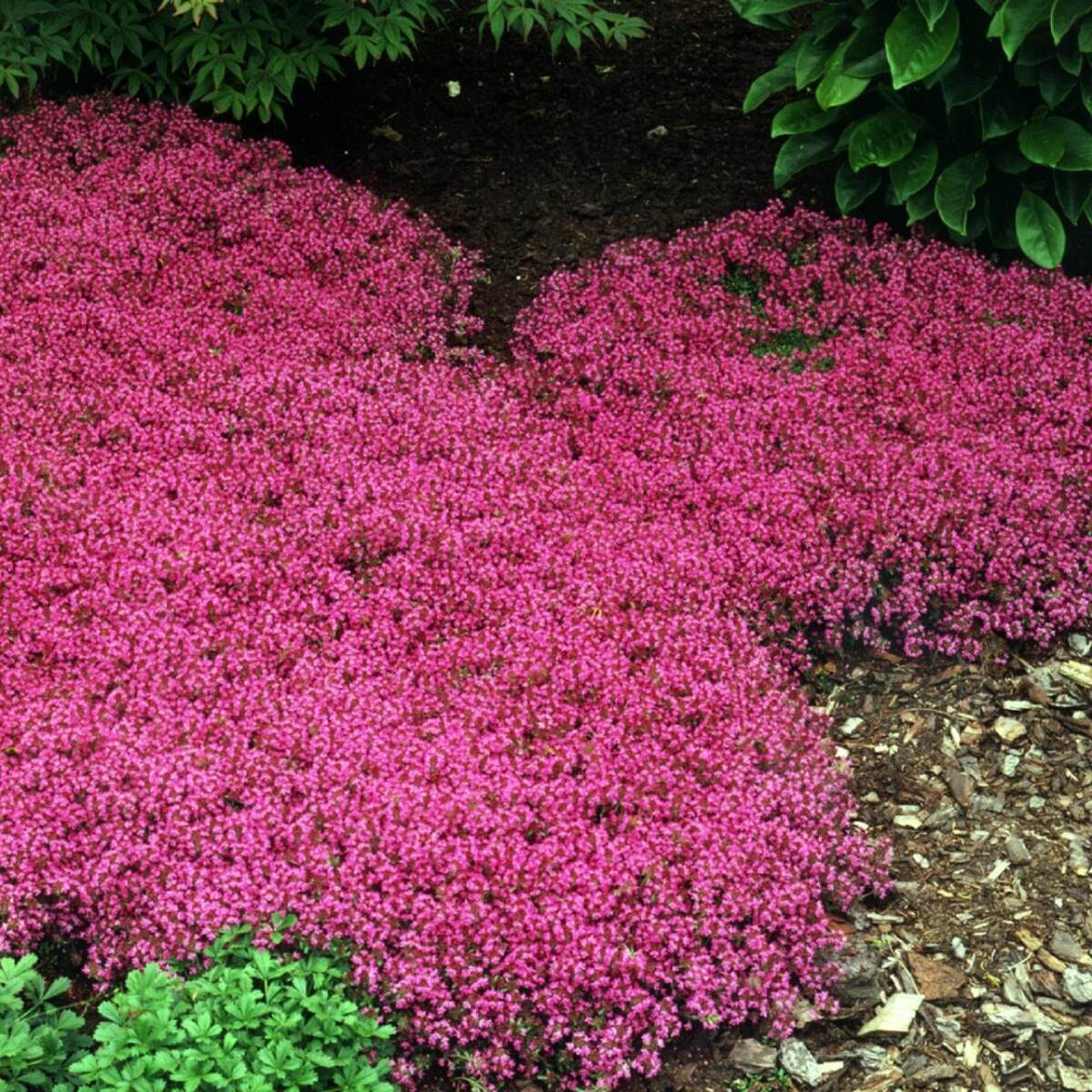
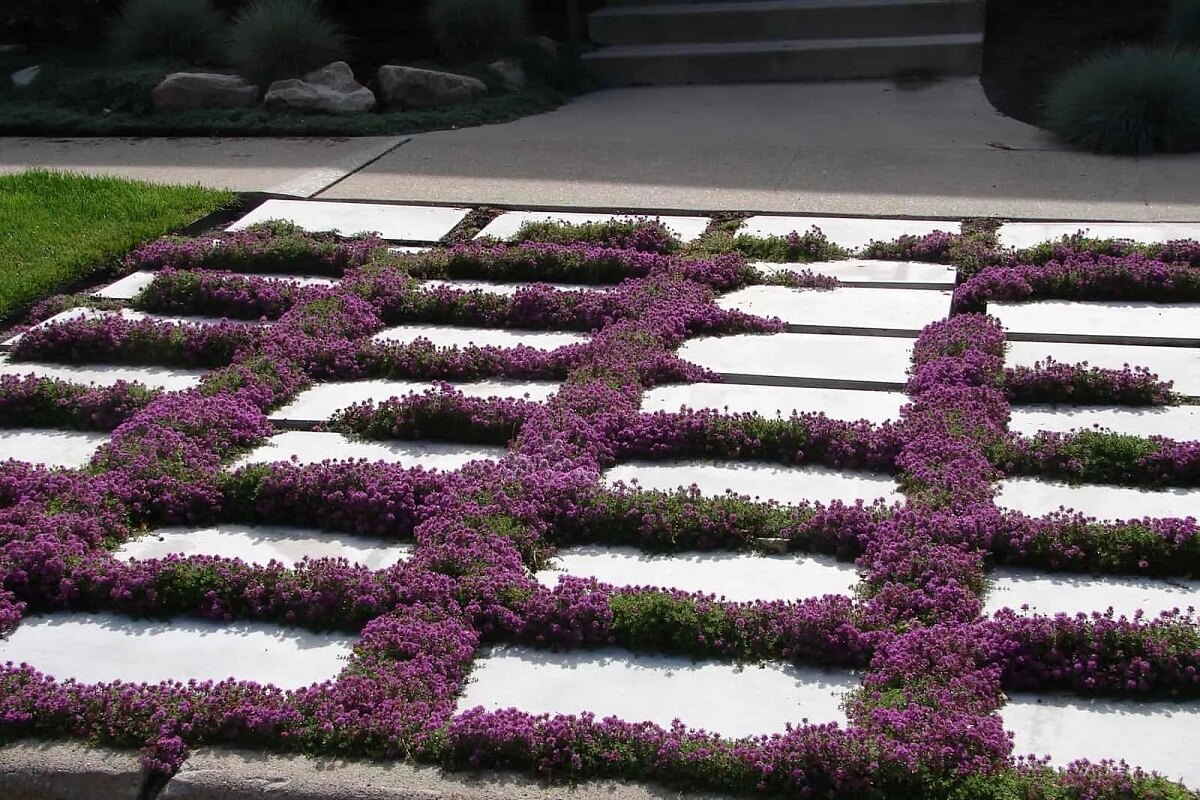
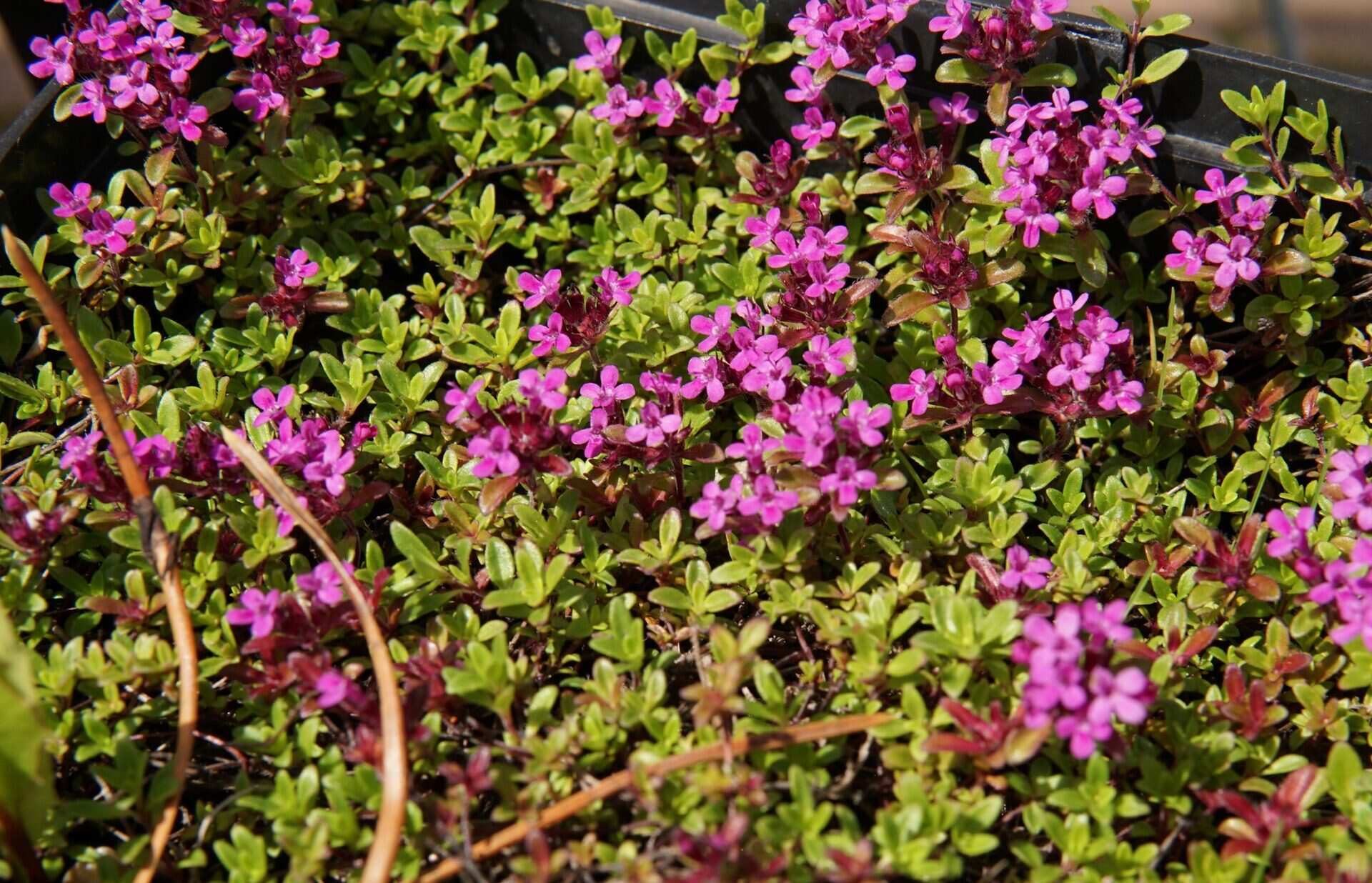
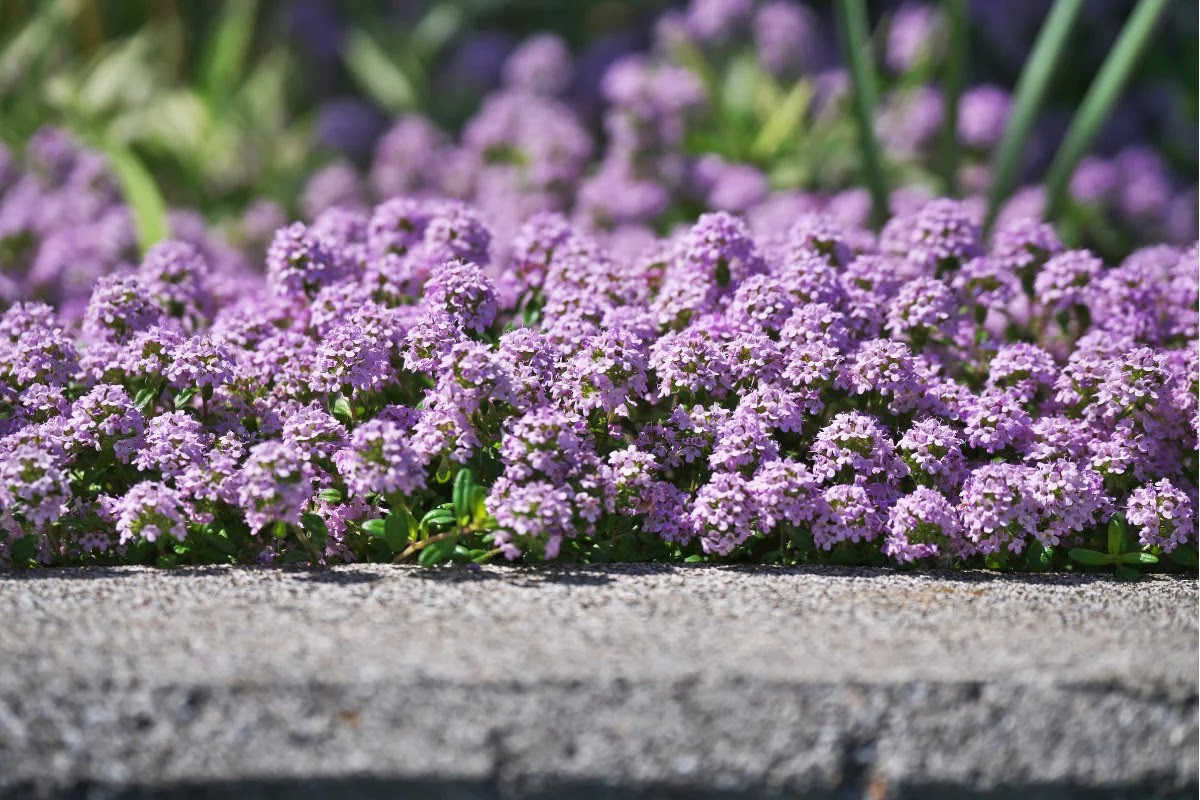
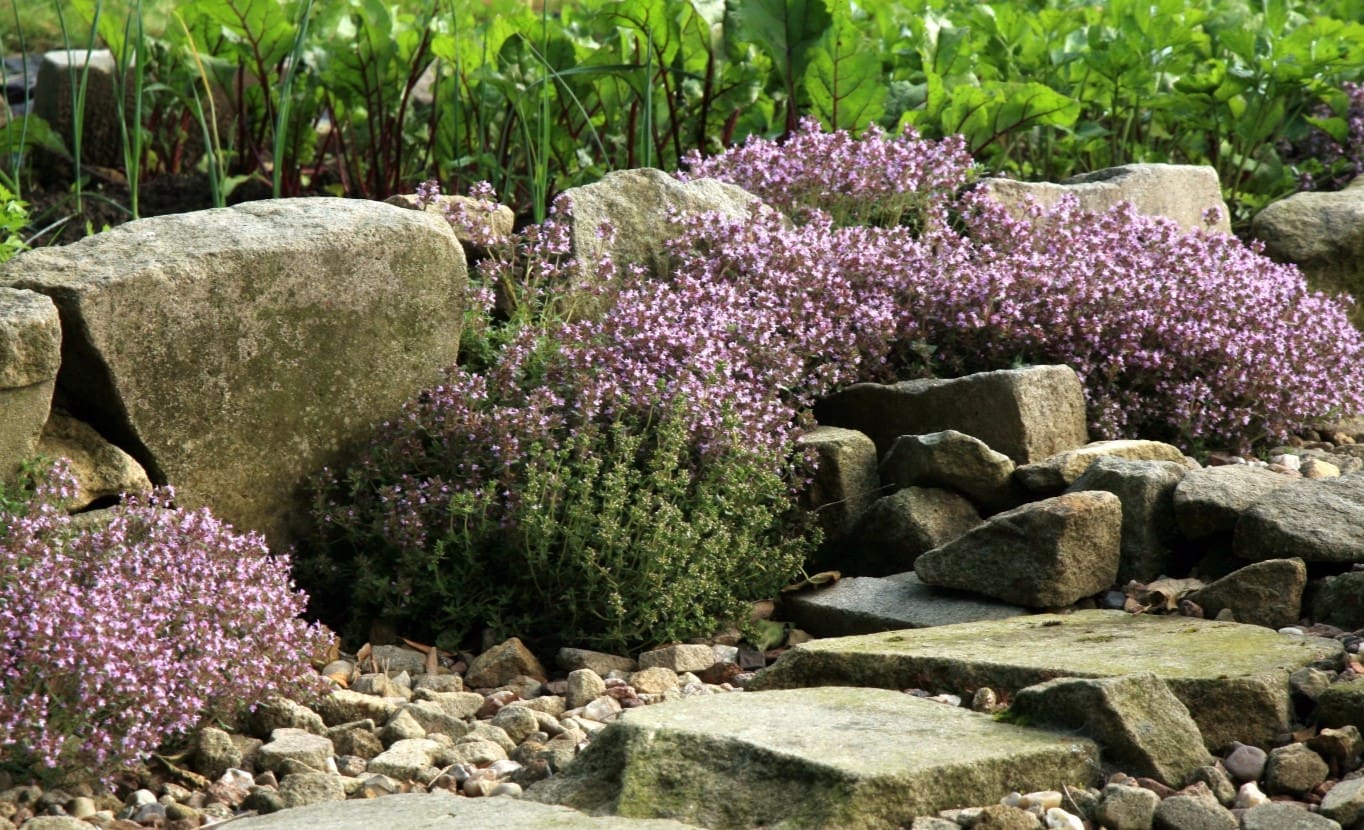
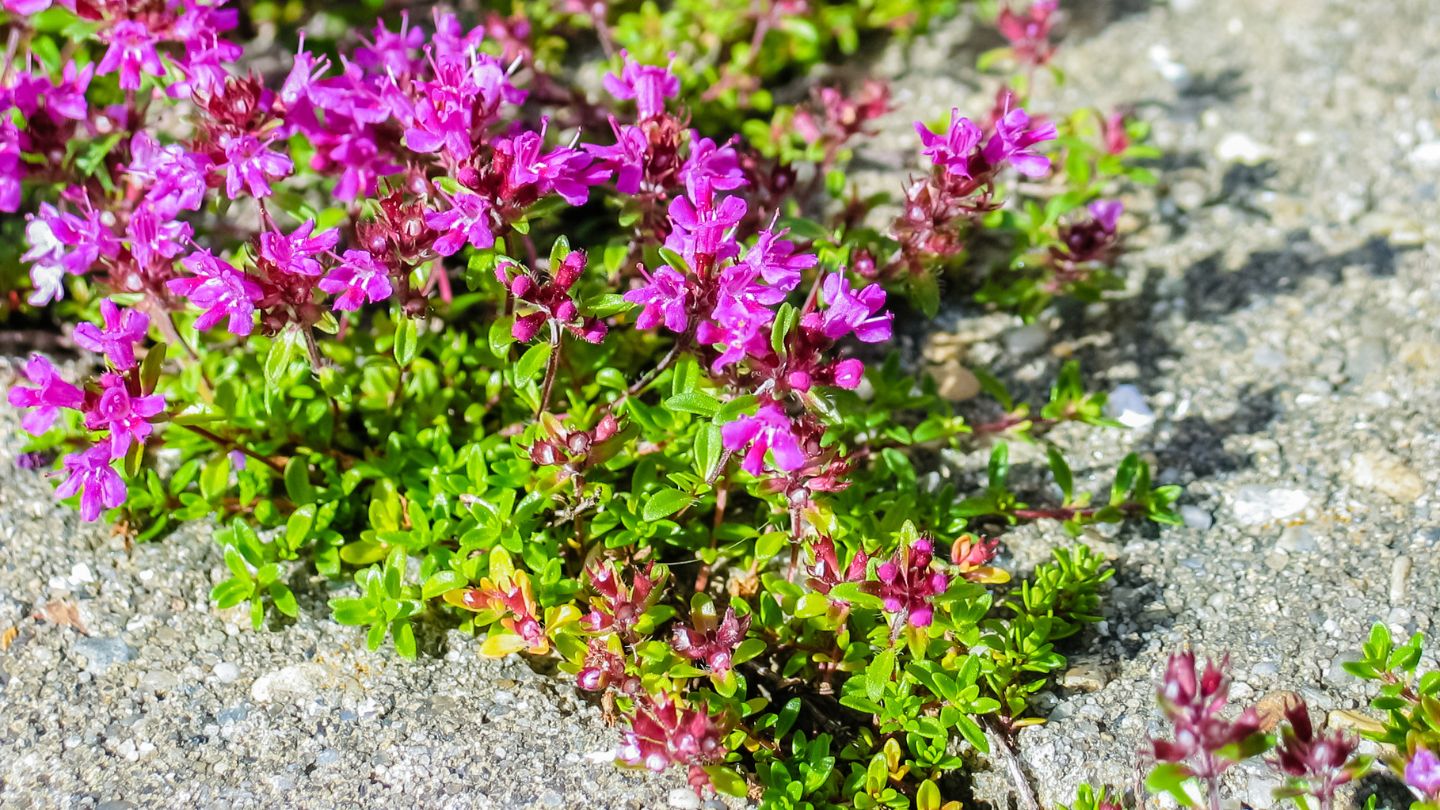
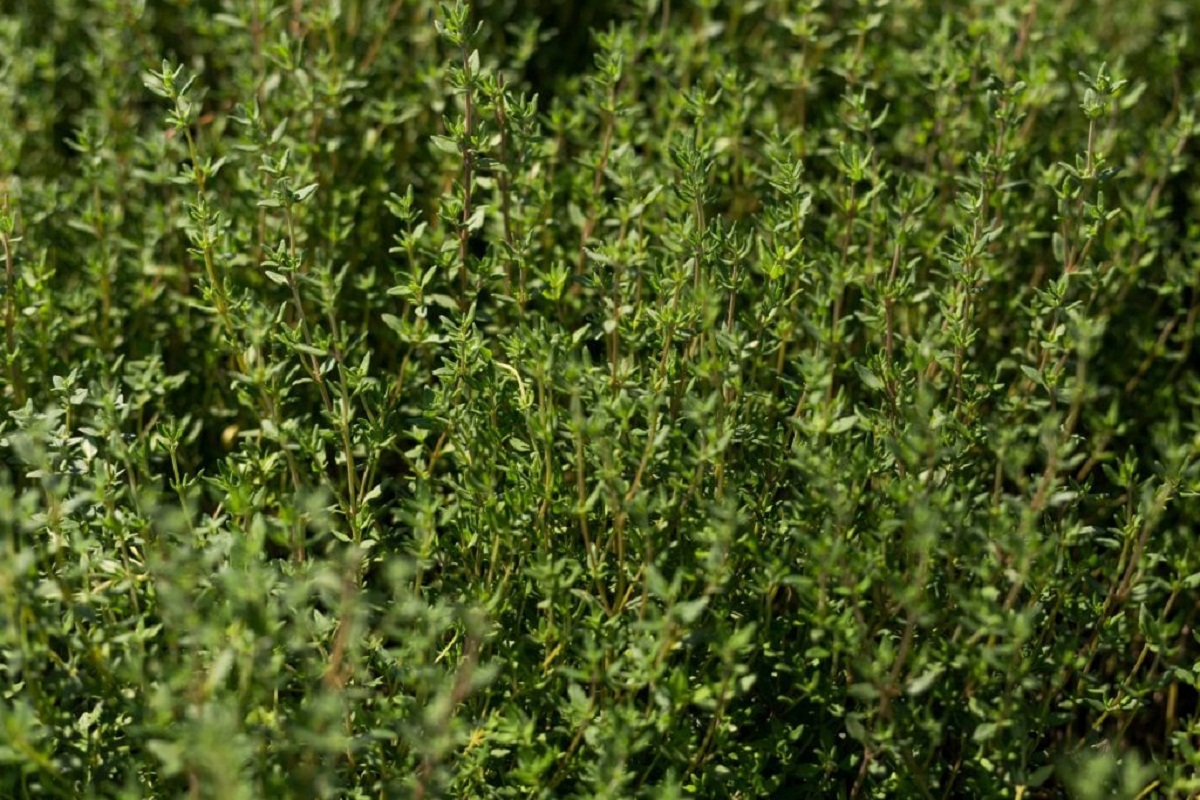
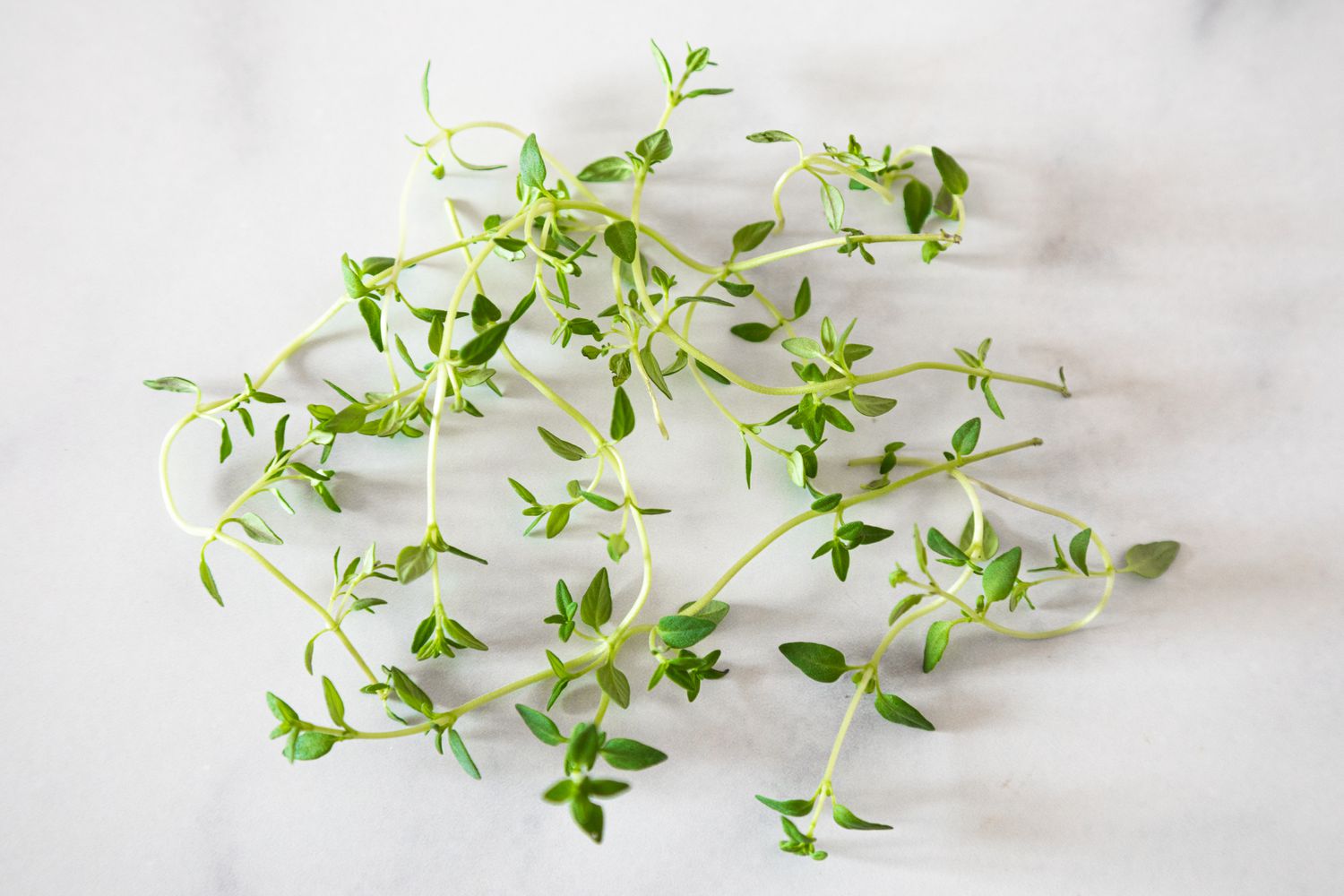
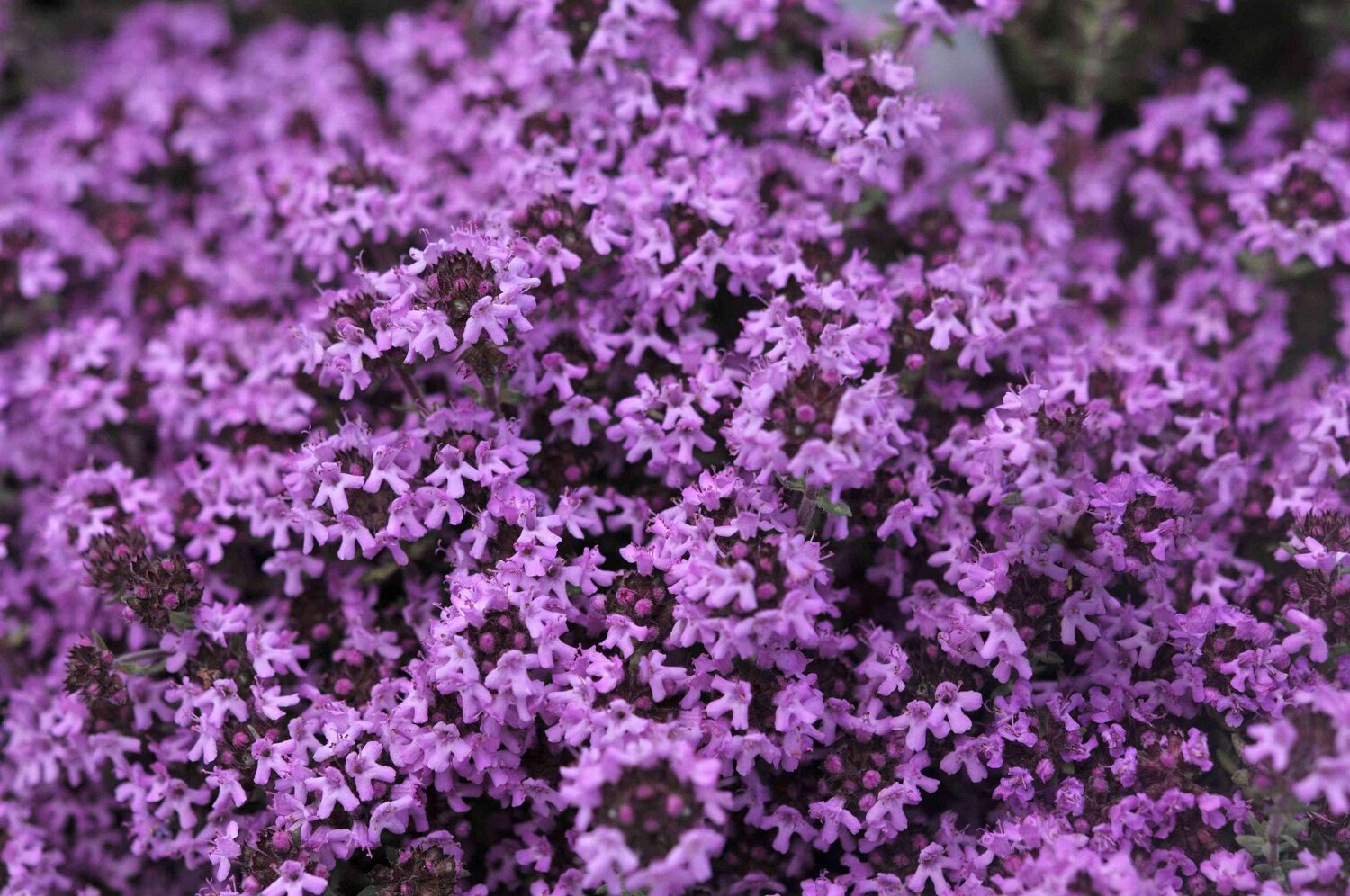
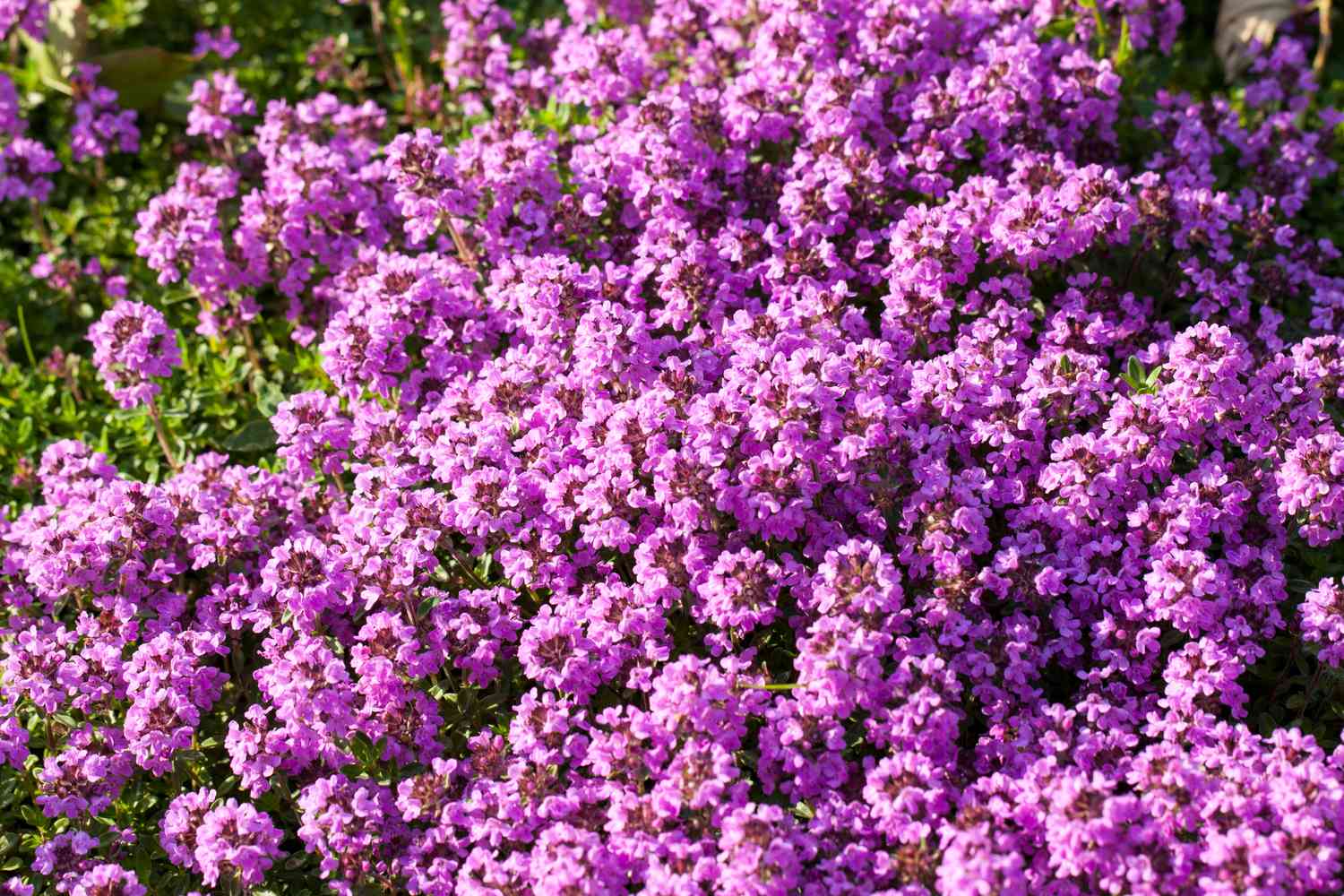
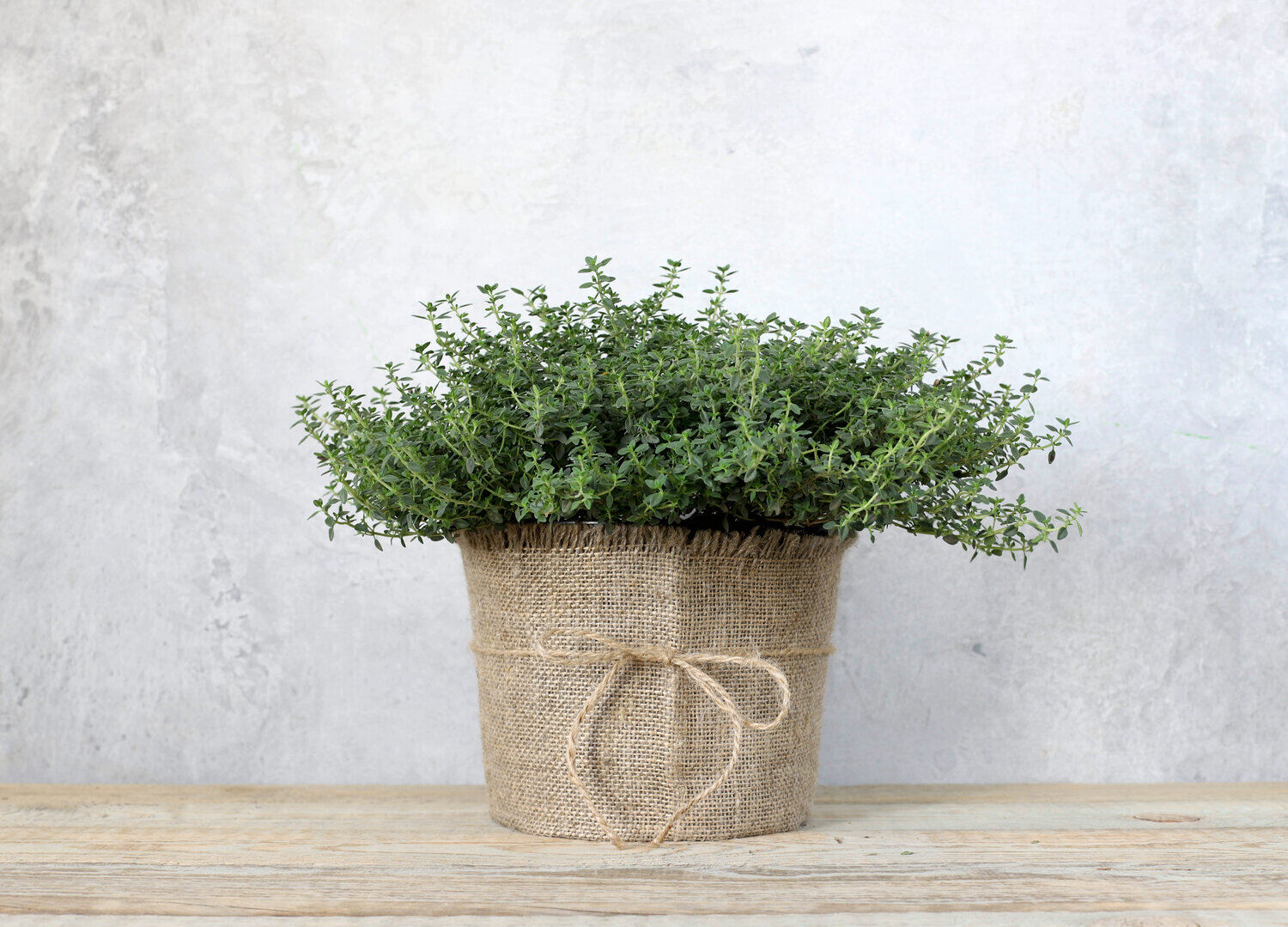
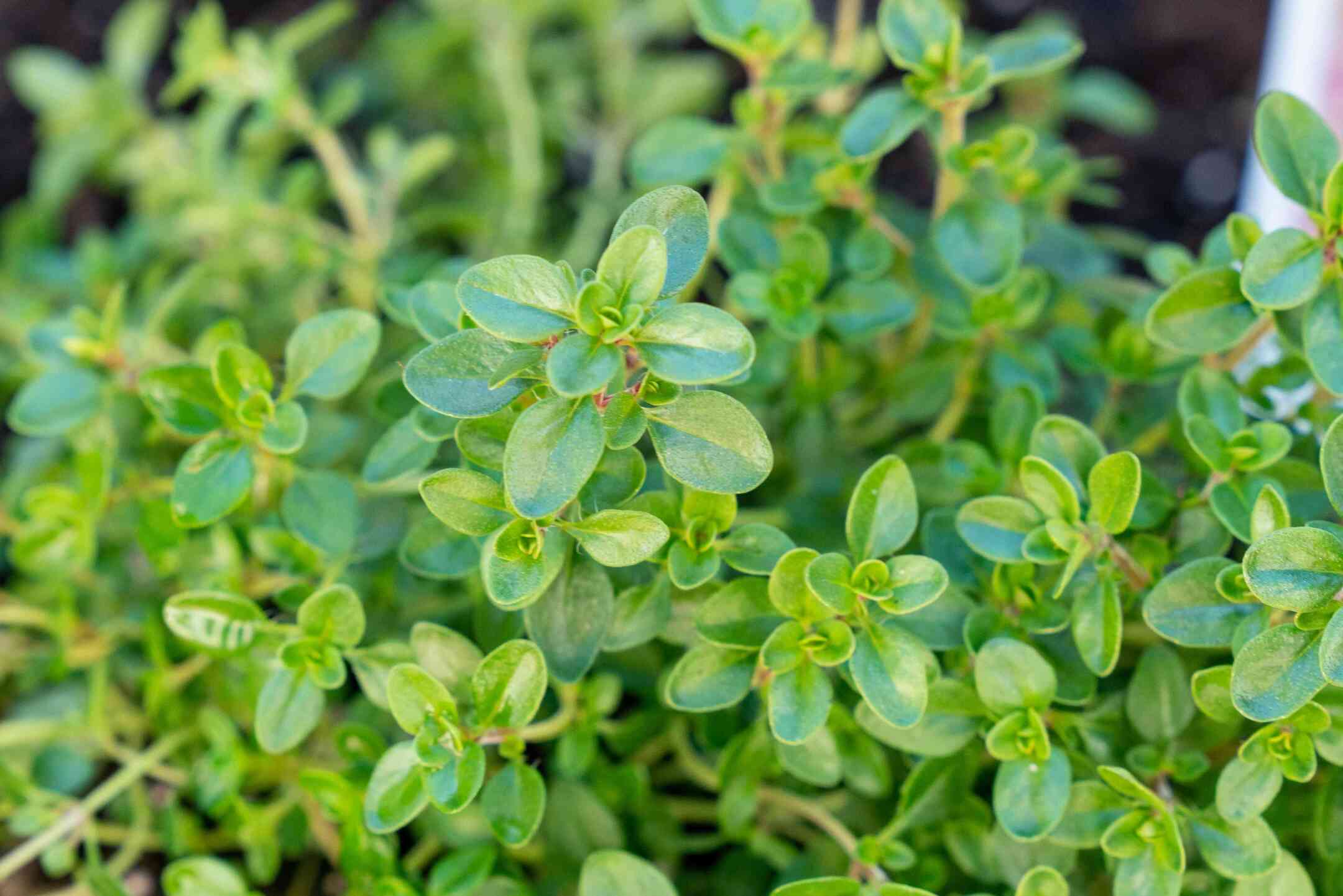
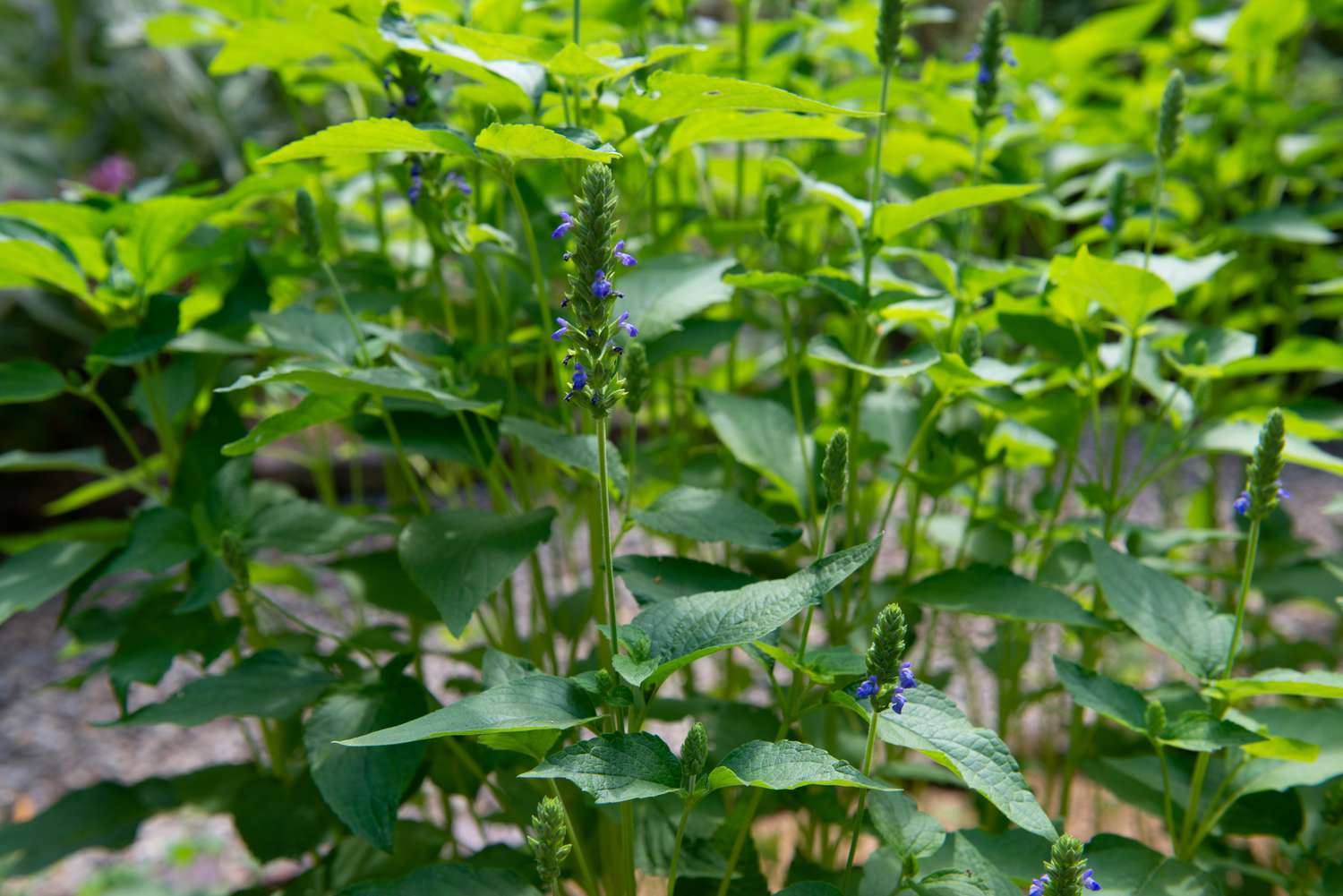

0 thoughts on “Where Does Red Creeping Thyme Grow”